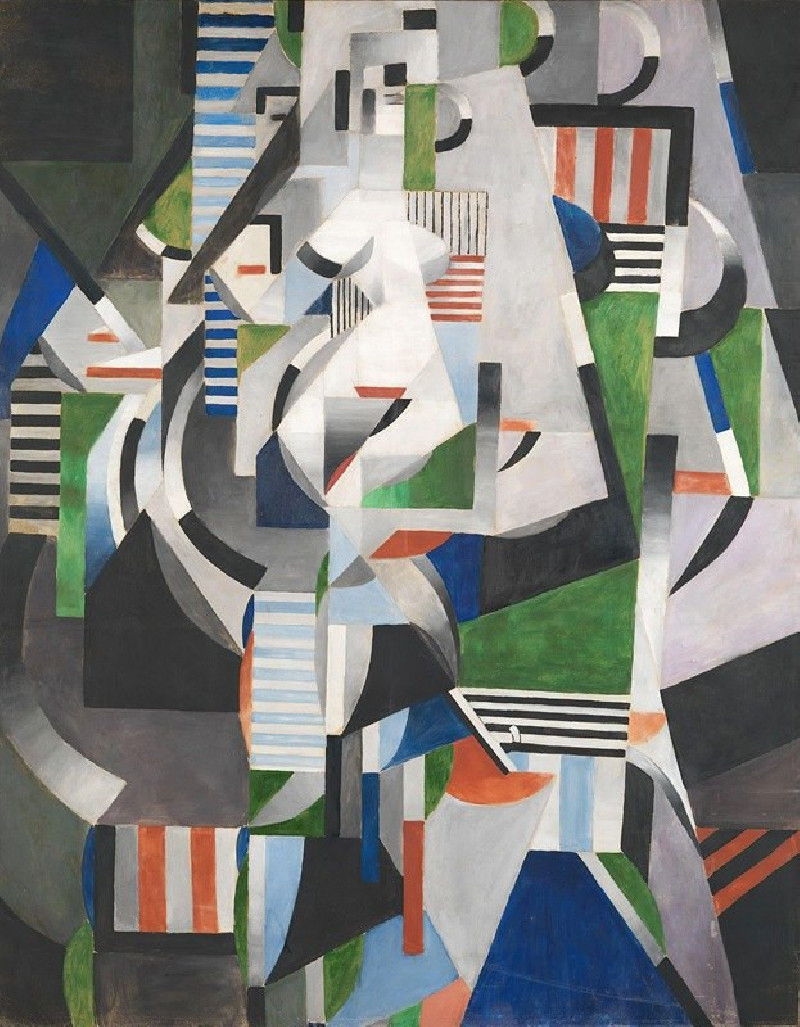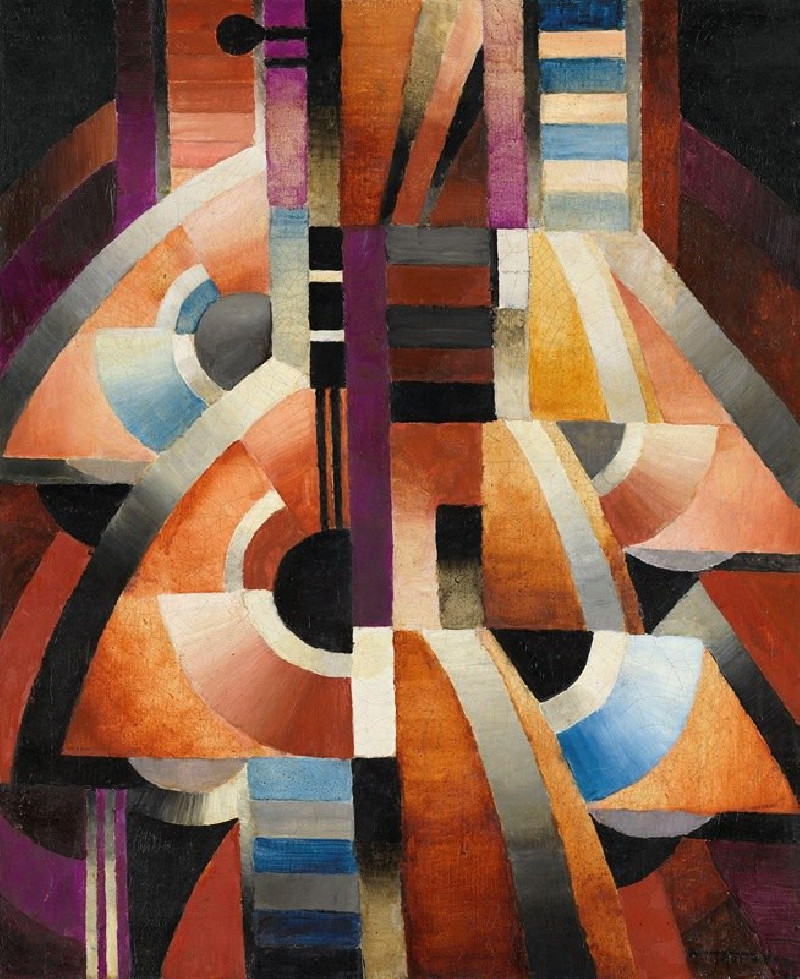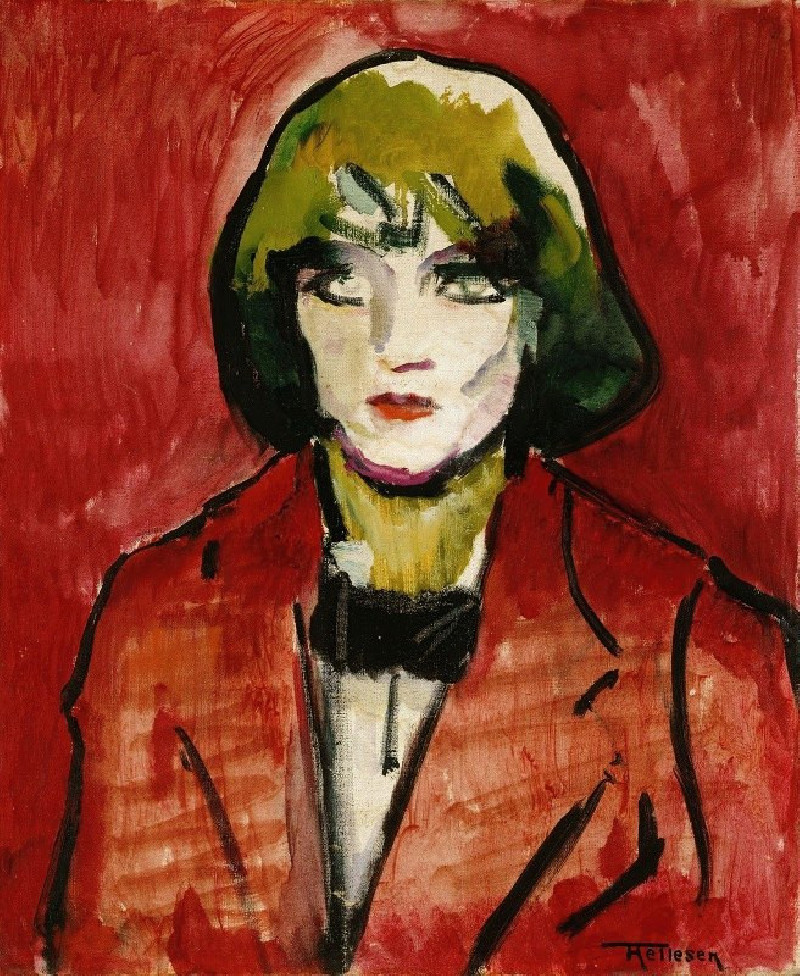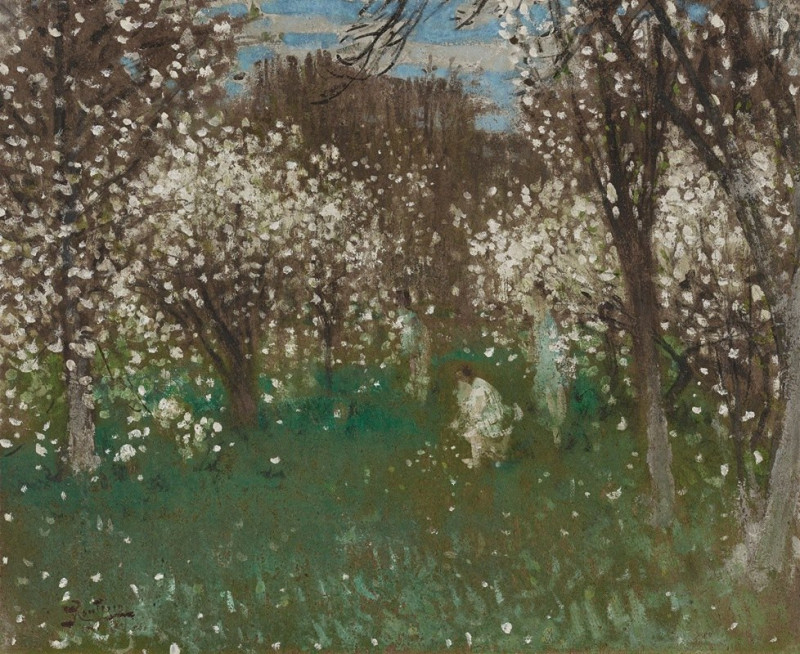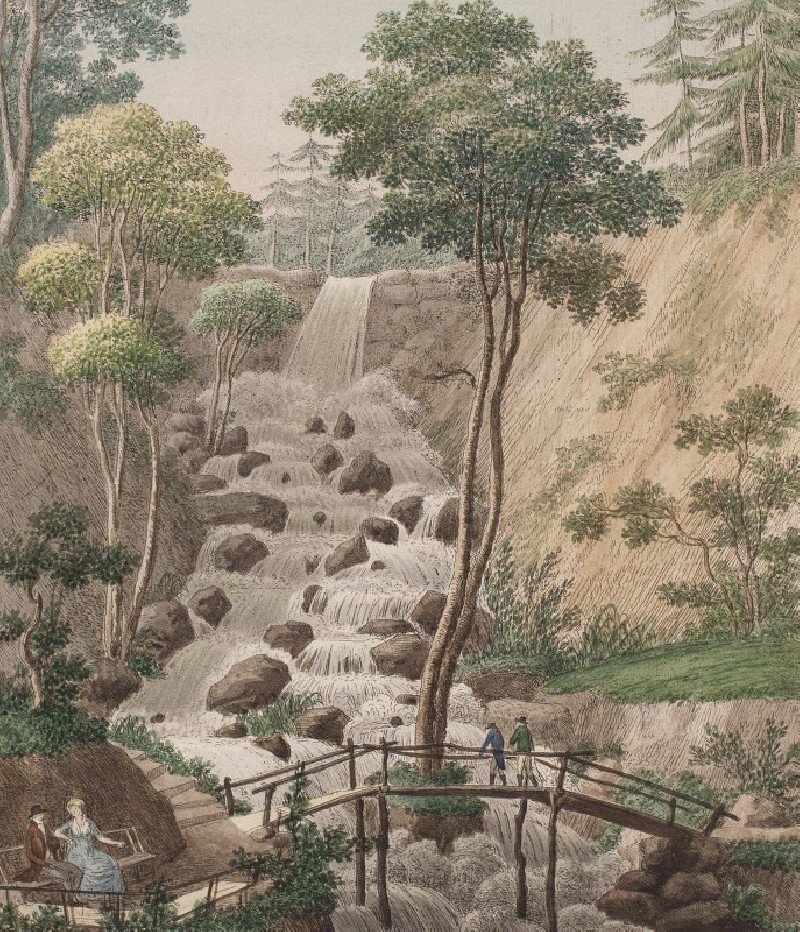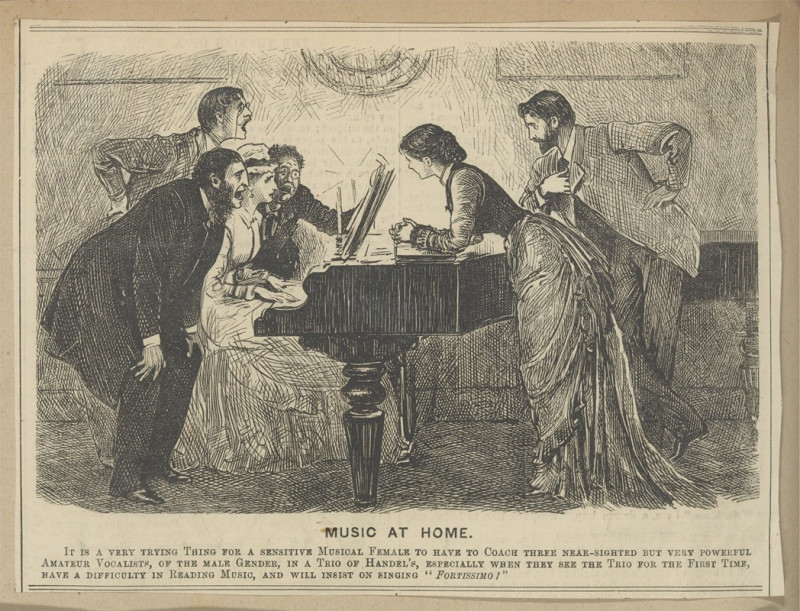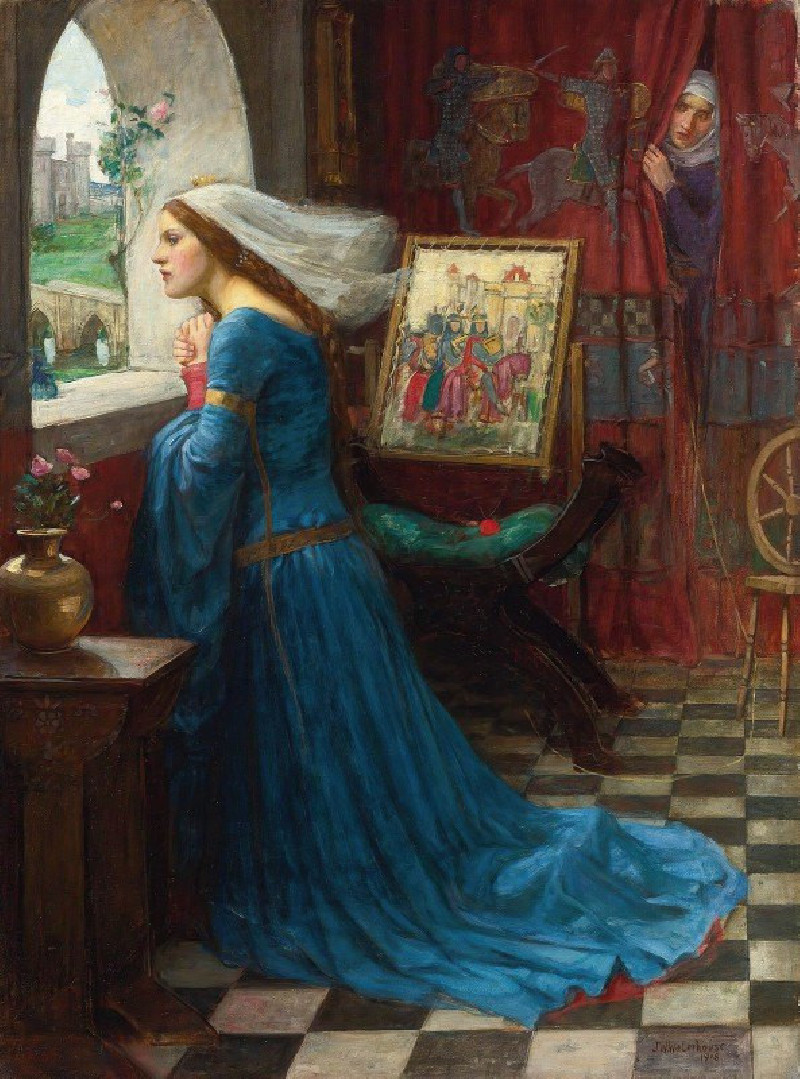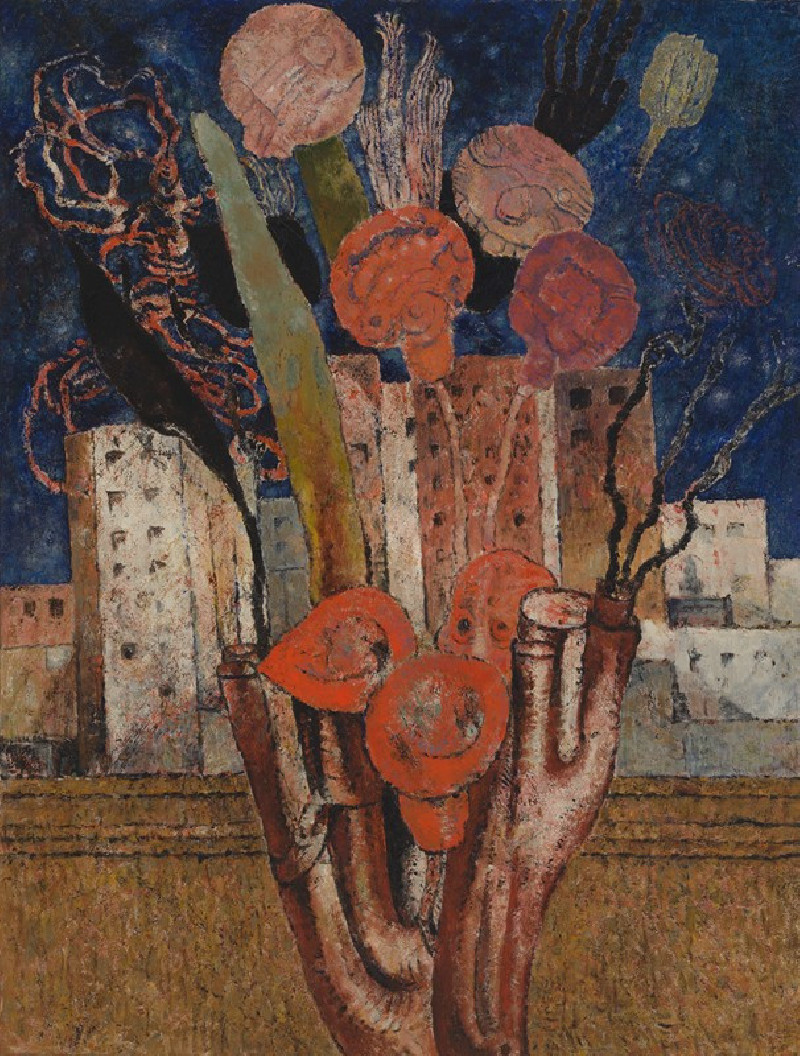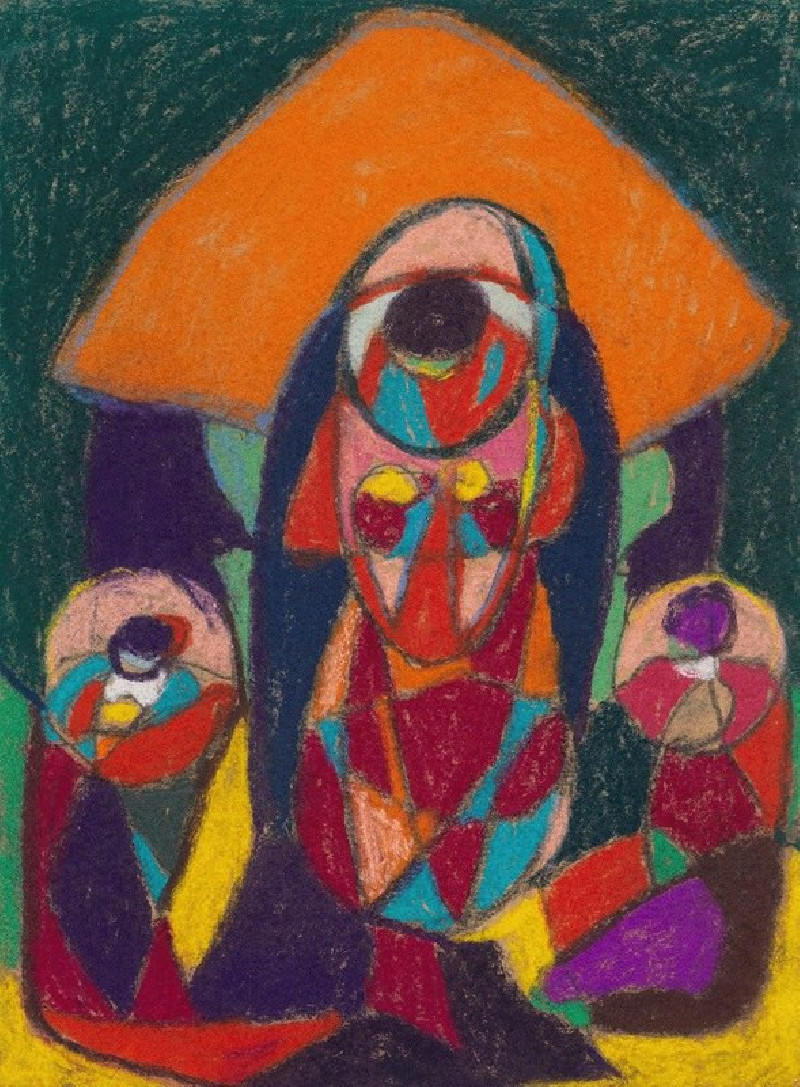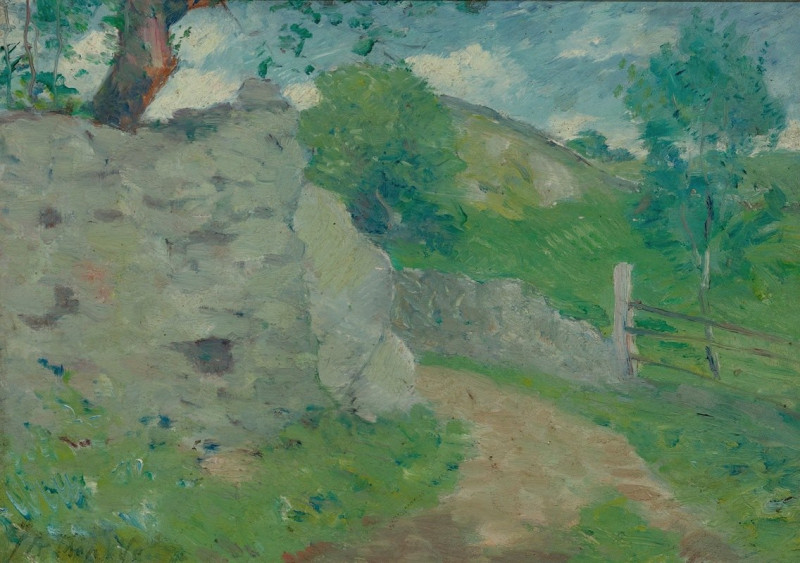Composition (Ca. 1920)
Technique: Giclée quality print
Recommended by our customers
More about this artwork
On our website's featured art showcase, we proudly present Thorvald Hellesen's painting titled "Composition," created around 1920. This richly detailed work is a fine example of modern abstract art, reflecting the innovative spirit and aesthetic exploration that characterized the early twentieth century.In "Composition," Hellesen masterfully blends a wide array of geometric shapes and subdued tones with intermittent flourishes of bold color, creating a dynamic and harmonious visual field. The interplay of black, white, and gray forms a muted backdrop that accentuates the striking blues, reds, greens, and oranges that punctuate the canvas. The painting doesn’t adhere to any immediately recognizable figures or natural forms, but rather invites the viewer into a complex world of form and color relationships that suggest movement and balance.Hellesen's work is thought to evoke the mechanical and fragmented world of modernity, echoing the Cubist influences of his contemporaries. The way shapes and colors intersect and overlap can also be interpreted as a visual reflection on the complexity of modern life, where conventional boundaries and structures are both challenged and celebrated.A hypnotic array of layers and textures, "Composition" is a testament to Hellesen's reputation as a pivotal contributor to the cubist and abstract movements. This piece not only engages viewers aesthetically but also prompts reflection on the nature of composition itself—how disparate parts can come together to form a unified and compelling whole.
Delivery
Returns
Thorvald Hellesen was a Norwegian abstract artist, designer and painter. His art was associated with the Orphic Cubism movement.
Thorvald Hellesen (sometimes spelled Thorwald) was born in Christiania (now Oslo), Norway. He was the son of Thorvald Hellesen (1862-94) and Ida Selmer (1858-1945). His father was a Supreme Court lawyer and his mother was the daughter of Prime Minister Christian Selmer. He passed his art exams but spent a year at the Norwegian Military Academy before deciding to become an artist.
He then entered the newly established Oslo National Academy of Arts, where he studied with Christian Krohg (1910–11). After that in 1912 moved to Paris. There he worked with Fernand Léger and met Picasso.

